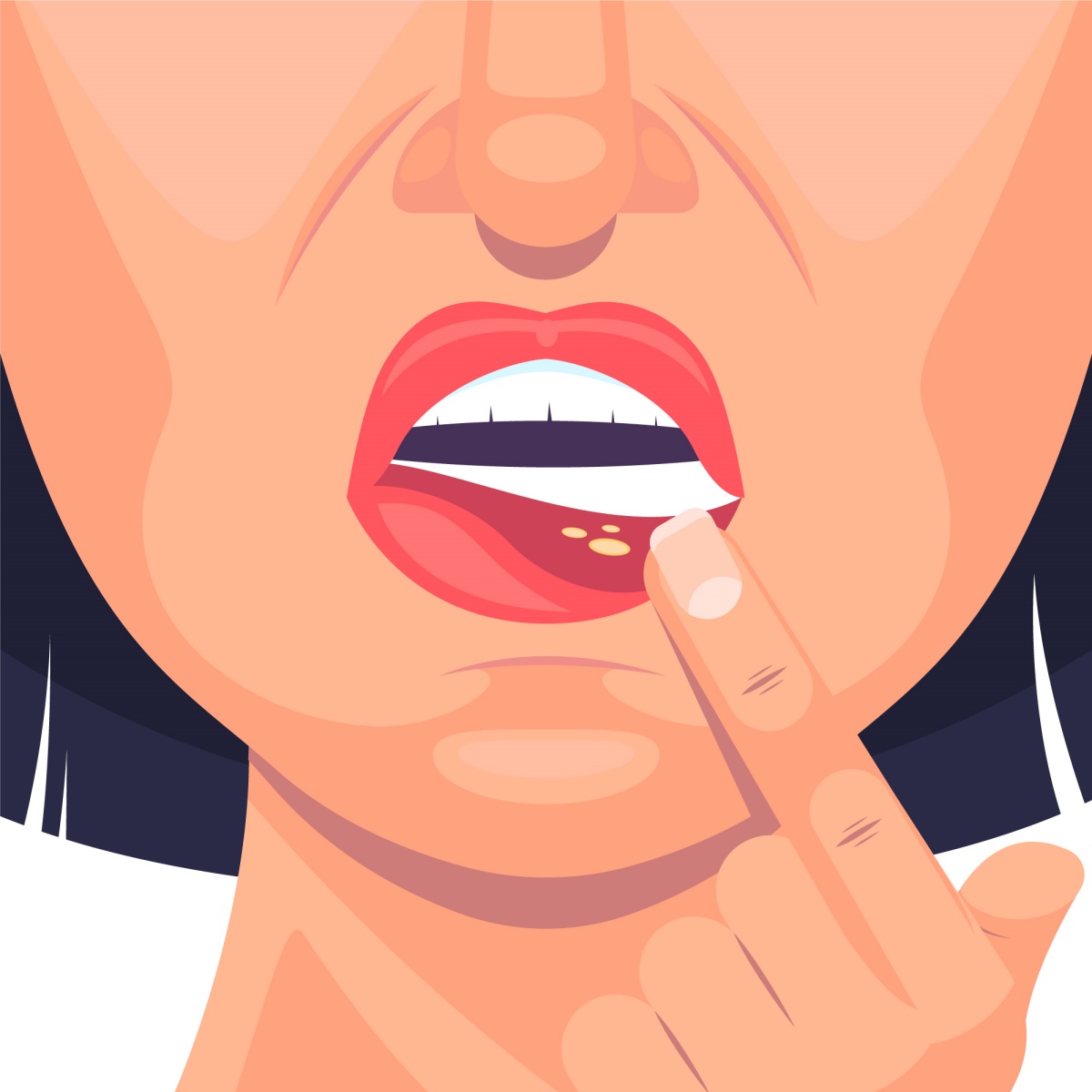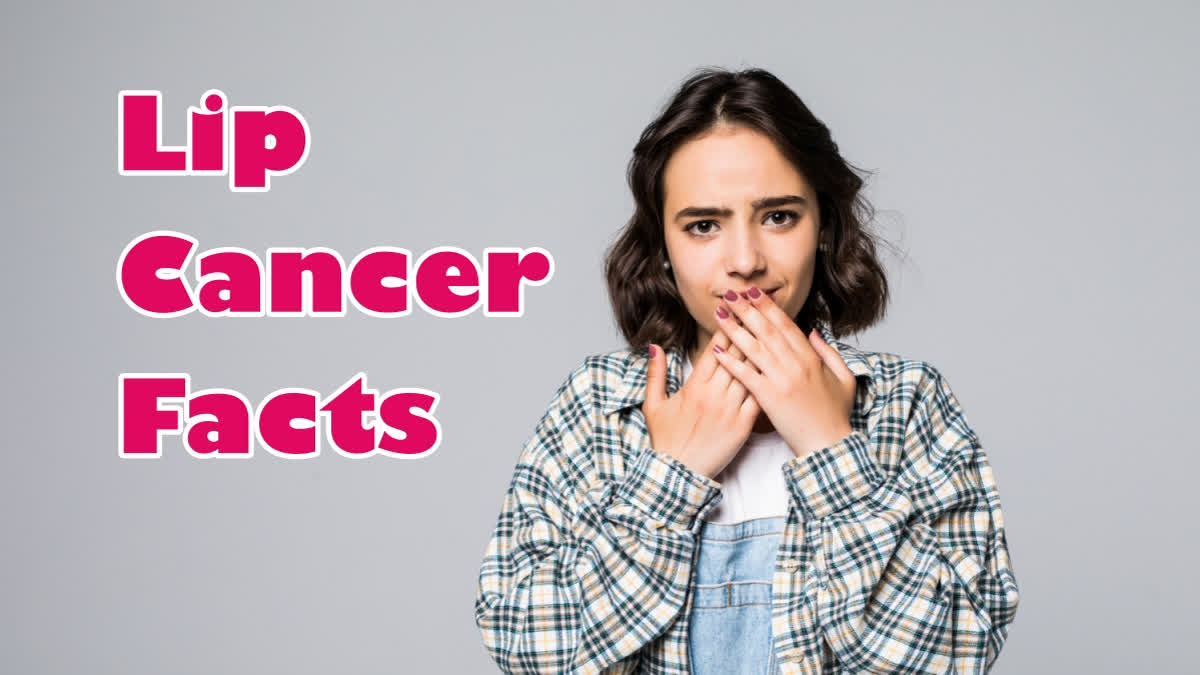For most of us, our lips are an afterthought.. Something we moisten absentmindedly, coat in vaseline, or use to sip our morning chai. But what if the very habits we take for granted could be putting us at risk for something far more dangerous?
Says Dr. Niraj Bhatt, Consultant Medical Oncologist at Bhailal Amin General Hospital in Vadodara, “Oral cancer is one that finds a location in the lower lip more frequently than in the upper. The most common type of oral cancer is squamous cell carcinoma, followed by basal cell carcinoma.” In other words, this is a potentially life-threatening disease that often starts subtly before advancing into something much more serious.
What Causes Lip Cancer?
Lip cancer doesn’t develop overnight. It is the result of prolonged exposure to specific risk factors that gradually damage the delicate cells of the lips. And while tobacco might be the most obvious culprit, it’s not the only one.
Dr. Bhatt says, “The main risk factor that leads to lip cancer includes the use of tobacco, either smoked or chewed or applied in the form of tobacco paste. In addition, it has some causative agents which include human papillomavirus infection as well as ultraviolet exposure that occurs especially among individuals with light skin.”
Tobacco Use: Whether smoked or chewed, tobacco introduces carcinogens directly to the lips. The constant exposure leads to mutations in the cells lining the lips, increasing the risk of squamous cell carcinoma, the most common type of lip cancer.
UV Exposure: Think lip cancer only affects smokers? Think again. Frequent sun exposure, especially for those with fair skin, can trigger mutations in lip cells, much like it does in skin cancer. Lip balms with SPF aren’t just for chapped lips—they might be the difference between healthy skin and cancerous lesions.
Human Papillomavirus (HPV): While HPV is often associated with cervical cancer, certain strains of the virus have also been linked to oral and lip cancers. The virus weakens the immune system’s ability to fight off abnormal cell growth, making infected individuals more susceptible.
Spot The Early Signs Before It’s Too Late
The tricky thing about lip cancer is that it often starts as something unremarkable. A persistent sore that doesn’t heal, a discoloured patch of skin, or a lump on the lip that seems harmless at first. But these early warning signs can quickly escalate.

“Lip cancer often arises as a superficial, flat ulcerative lesion on the lip,” says Dr. Bhatt. “The lesion continues growing and invading into adjacent tissues if not addressed. In severe cases, it may invade the lymph nodes. Very serious instances of this carcinoma may even invade local structures, such as the buccal mucosa, the gingivobuccal sulcus, and even the jawbone.”
The progression of lip cancer follows a grim pattern. What starts as a small, painless sore may evolve into a deep ulcer, leading to difficulty speaking, eating, or even permanent disfigurement. The key to survival is to catch it early.
Diagnosis And Treatment
A diagnosis of lip cancer doesn’t come from guesswork. The only way to confirm it is through a biopsy, in which a small sample of tissue is taken and examined under a microscope for cancerous cells. If confirmed, the course of treatment depends on how advanced the cancer is.
- Early-Stage Lip Cancer: If the cancer is still confined to the lip, surgery or radiation therapy can often remove it completely. These treatments have high success rates, provided the cancer is caught early.
- Advanced or Inoperable Lip Cancer: If the cancer has spread to nearby lymph nodes or tissues, more aggressive treatments, such as chemotherapy, targeted therapy, or immunotherapy, may be required. These methods aim to shrink the tumor and slow the progression of the disease.
How To Prevent It
Despite the alarming facts, the good news is that lip cancer is largely preventable. Avoiding major risk factors and adopting a few key habits can significantly lower the likelihood of developing the disease.
- Quit Tobacco in Any Form: If you smoke, chew, or apply tobacco paste, now is the time to stop. There’s no safe way to use tobacco; it increases the risk of not just lip cancer but several other cancers and health issues.
- Use Sunscreen for Your Lips: Lip balm with SPF isn’t just for hydration. It serves as a protective barrier against UV rays, especially for those who spend long hours outdoors.
- Practice Safe Sun Exposure: Avoid excessive sun exposure during peak hours (10 AM to 4 PM) and wear a wide-brimmed hat to shield your lips from direct sunlight.
- Get Vaccinated for HPV: Since HPV is linked to oral cancers, the HPV vaccine can help reduce the risk of infection and, in turn, lower the chances of developing lip cancer.
- Do Regular Dental Checkups: Dentists often spot suspicious lesions on the lips and mouth before they become serious. Regular oral exams can lead to early detection and better treatment outcomes.
Unlike many cancers, it’s highly preventable. The choices we make today (whether to light that cigarette, step outside without sun protection, or ignore a persistent sore) can shape our future health.
References:



